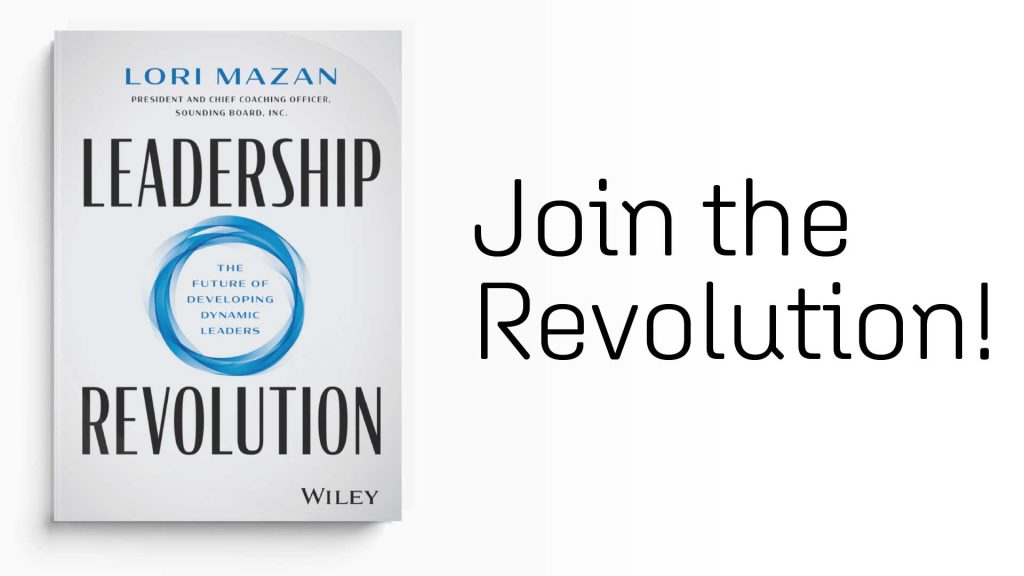The pace of change and disruption has exponentially increased, forcing organizational leaders to continuously navigate uncertainty. The rate of disruption now exceeds most leaders’ ability to prepare or even respond to widespread changes within economic and geopolitical environments. In Deloitte’s 2023 Human Capital Trends Survey, almost 50% of the respondents said that leaders “are struggling to identify what to prioritize because they are overwhelmed by the number and frequency of disruptive shifts occurring.” Throughout every industry, organizations need dynamic leaders — those with the capacity to leverage and expand their leadership capabilities, applying their knowledge, expertise, and skills within the context on the moment.
Developing dynamic leaders is now a business imperative, but few organizations understand how to do so. Most organizations rely solely on horizontal development or traditional training methods for leadership development. While useful, horizontal development does not build capacity. As stated by Sherryl Dimitry in her Training Industry article, “Disrupting Best Practices in L&D,” horizontal development helps build “new concepts that might help [leaders] rethink current perspectives, but it won’t help to internalize and act on them.” To shape dynamic leaders, organizations must refocus learning and development programs to include vertical development.
What is Vertical Development?
Vertical development is an emerging form of development. According to the Journal of Values-Based Leadership, vertical development increases a leader’s “socio-emotional and cognitive sophistication, shaping how they interpret and interact with their environment.” Vertical development helps leaders to respond effectively in systems of increasing complexity. Through vertical development, leaders can better understand divergent perspectives and cross-cultural relationships while remaining present, agile, and resilient.
Vertical development works by disrupting “the individual’s habitual way of doing things and [opens] the individual’s mind to search for new and better ways,” according to the aforementioned Journal of Values-Based Leadership. To do so, leaders must develop self-awareness through exposure to outside or differing perspectives. Leaders must be challenged to think outside of their own knowledge, experience, and biases.
How Does Vertical Development Differ from Horizontal Development?
Horizontal and vertical development work together but are starkly different.
Traditional training methods can be typically classified as horizontal development. Horizontal development focuses on developing skills, models, and abilities from a technical perspective. Horizontal development is most useful when challenges are clearly defined or when leaders face predictable or familiar environments.
“If horizontal development is about acquiring skills,” said Lori Mazan, author of Leadership Revolution: The Future of Developing Dynamic Leaders, “vertical development is about building capacity.” Capacity — the ability to apply skills, knowledge, and capabilities within the context of the organization, the leader’s role and identity, and the current situation — is central to the development of dynamic leaders. Horizontal development enables leaders to perform necessary day-to-day tasks. Vertical development expands the leader’s mindset, “transforming the ways a leader thinks, which will impact what they do and how they behave,” according to Forbes.
Sounding Board Senior Director of Behavioral Science, Iyad Uakoub offered the analogy for better understanding the difference between horizontal and vertical development. He said horizontal development is like a “basketball player learning how to shoot, pass, dribble,” and vertical development works to teach the player “when they need to apply those skills.”
Why is Vertical Development Important for Dynamic Leadership?
Dynamic leadership cannot be achieved without vertical development. Vertical development requires leaders to expand their self-awareness through ‘test and learn’ experimentation and reflection. When leaders internalize this approach, they become dynamic, enabling them to address complex challenges within today’s VUCA+ environment. As stated by Rebecca Zucker and Darin Rowell in Harvard Business Review, “Solutions to complex challenges typically emerge through trial and error and require the willingness, humility, and ability to act, learn, and adapt.”
Through vertical development, leaders “have a greater ability to learn and solve complex problems. They can question their own assumptions about the world and are more likely to accept paradox while remaining centered and confident in their ability to take action” (Jones, Chelsey, and Egan).
What Strategies Can You Use to Further Vertical Development?
Vertical development cannot be accomplished through traditional training methods, as it relies heavily on context. While skill building and horizontal development can be achieved using similar methods for multiple people, vertical development must be personalized to the individual. Applying the same methods regardless of the individual and their contextual information (company, role, identity, challenges, etc.) results in the leader learning formulaic responses without increasing their capacity to adapt.
Instead, development must be tailored to the leader. To do so, leaders must engage in people-to-people development, such as coaching.
Coaching helps leaders to uncover and understand their current mindsets, biases, behaviors, and the impact of each. Coaches work with leaders to test and challenge their current mindsets and behaviors through exploratory questions. As leaders work to answer questions — such as Why do you think/believe that? How do you know this solution will work? What is the impact you want to achieve? — they actively intake and reflect, increasing self-awareness.
Coaches also encourage leaders to create and engage in relationships that disrupt and expand their way of thinking. Through relationships that offer differing or conflicting perspectives than their own, leaders build their capacity to relate more effectively to themselves, others, and the systems in which they live and lead.
To learn more about how coaching can be an effective strategy for vertical development and building dynamic leaders, book a demo today.












